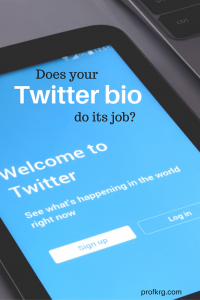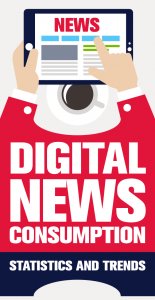— October 10, 2017
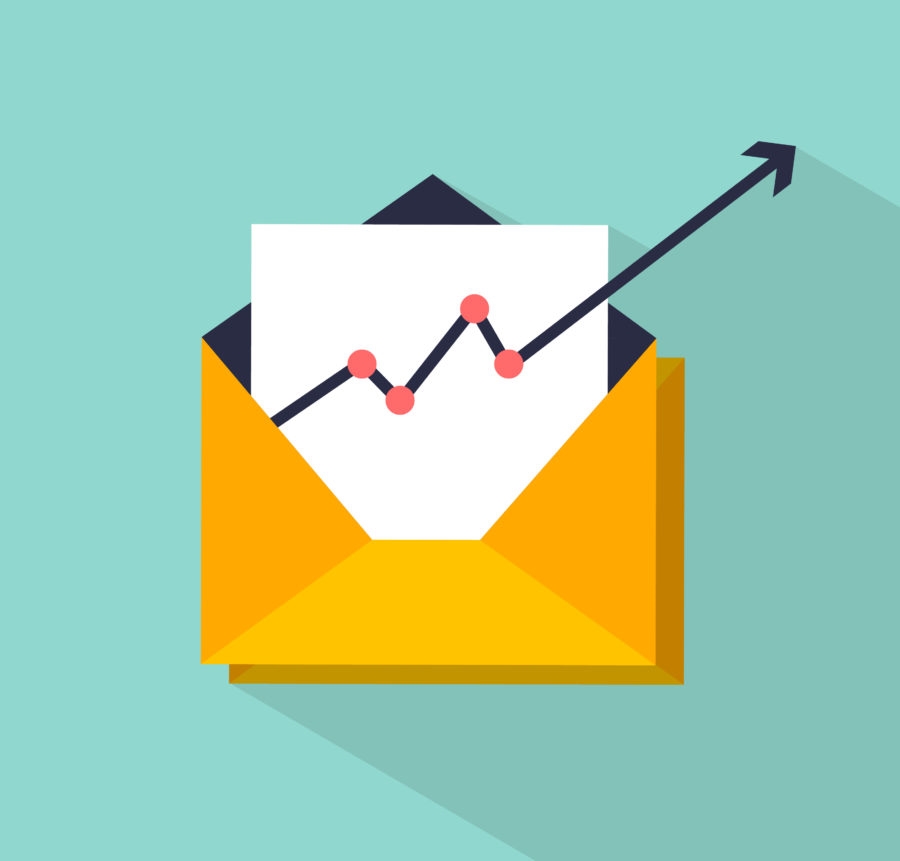
Shutterstock
We are all familiar with the struggle of a cluttered inbox. I receive more emails than I care to count across my personal and professional inboxes every day, and I probably delete at least 80% of these emails without opening them — making a snap judgment based on the sender or subject line. You probably feel similar about your own cluttered inboxes. According to the Radicati Group, 269 billion emails are sent and received every day. Yet despite the deluge of emails we all receive every day, email remains a critical marketing channel. I still check my email all the time and continue to receive valuable emails from companies that I regularly interact with.
The inbox clutter dilemma is why delivering personally relevant emails, rather than “batch and blast” ones, is critical. We’ve written a bit on the blog in the past about how to personalize an email at open time, rather than send time, to ensure that the content is as up-to-date as possible, but that is just one half of the equation. The other half is triggering emails to send them only at the right time in the recipient’s journey. With triggered emails, an email is only sent after a person takes a specific action, doesn’t take a specific action, or qualifies for the campaign based on external factors such as the weather in his area.
A few weeks ago, Greg Hinkle and Megan Knisely (Evergage’s co-founder and CTO and Customer Success Manager, respectively) presented a session at the 2017 Personalization Summit called “Evergage for Email — Open-Time Personalization and Use Cases,” which I had the pleasure of attending. This session followed the announcement that Evergage now offers functionality to send triggered emails, so a significant portion of the presentation was focused on that subject. Megan and Greg provided many different ideas and use cases for sending triggered emails across industries. In this blog, I want to summarize the key goals of sending triggered emails and describe a use case or two for each goal.
1. Driving Conversion
First and foremost, triggered emails can be used to drive conversions. The most common use case for this type of triggered email is cart abandonment: when someone adds a product to her cart but leaves the site before purchasing, an email is triggered to encourage her to return to complete the purchase.
But there are other actions that can trigger emails to drive conversion that may be less obvious. One such example is a search abandonment campaign — which triggers an email when a visitor abandons a session after conducting a search on a site. This is important because searchers are looking for something specific, and leaving the site can indicate that they did not find it. Sending an email with relevant recommendations could bring her back to continue her search.
For our first example, let’s start with a pet store since Megan is a serious cat fan. The pet store can send an email to Megan, who searched for a cat collar, recommending other cat collars she may be interested in. The email could even contain personalized category recommendations based on what the company knows about her interests — encouraging her to return to the site to keep exploring different categories beyond collars.
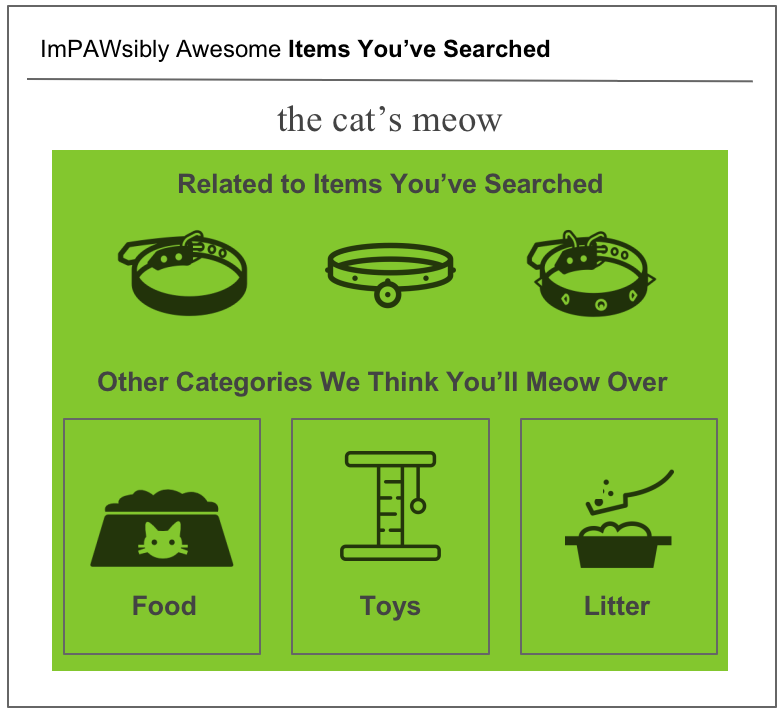
2. Driving Task Completion
Triggered emails can be used to drive task completion for all types of businesses. If a visitor started a task but did not complete it, a triggered email can serve as a reminder. For example, if a visitor started a form to join a beta test group but did not complete it, the company could send him a triggered email asking him to finish the form and perhaps even offer an incentive to do so. Or, if a person spent some time engaging with a landing page for an eBook but did not complete the form to download the asset, he could receive a triggered email asking him if he is still interested in downloading that eBook (provided the company has his email address already).
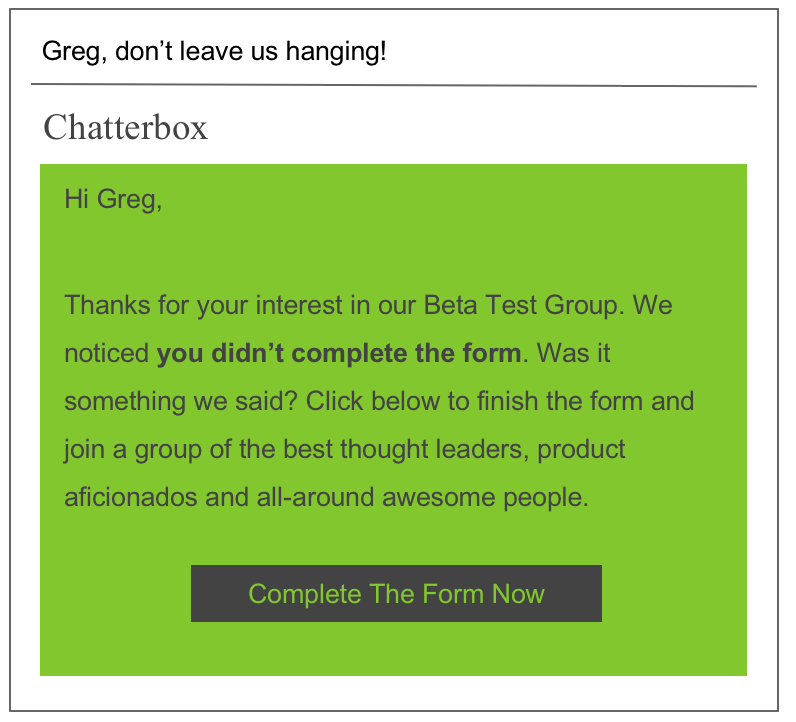
This is also a good time to provide personalized content within the email, sending him other resources he may be interested in. While he may not have been interested in the initial eBook, there may be something else that can be algorithmically determined that he will be more engaged with.
3. Driving Engagement
Triggered emails can be used to encourage recipients to return to a site just for further engagement as well. This is a particularly important use case for content sites (or sites that produce content to fuel the top of the funnel, as many B2B businesses do).
Rather than send a regular email with recent content like a newsletter, for example, an email can be triggered to visitors who have not been on the site recently containing all the relevant content they have not yet read. Or, content can be sent to visitors after they displayed an interest in a specific category of content and provided their email address.
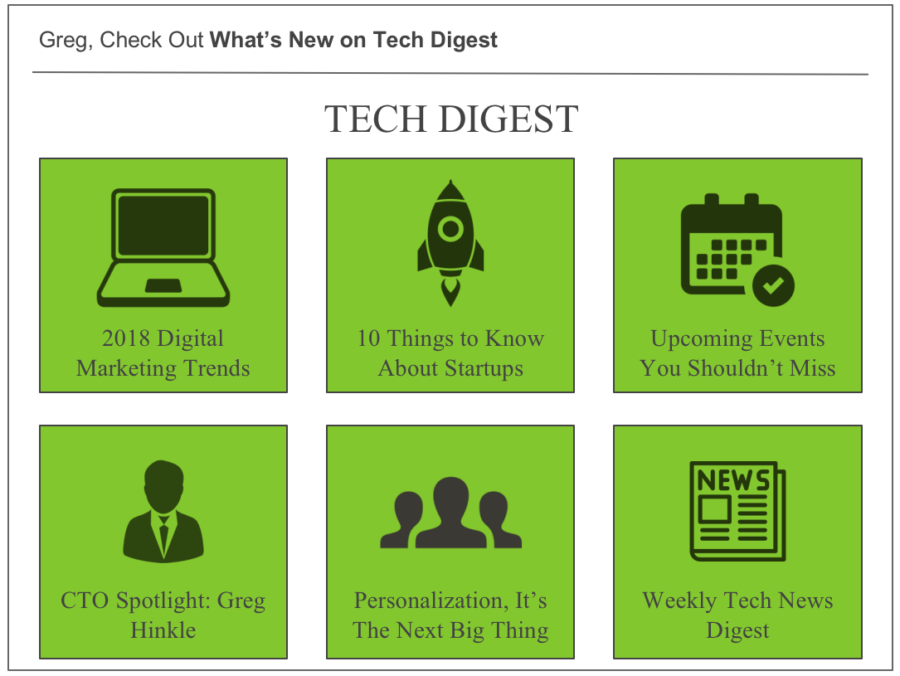
4. Driving Customer Success
Finally, triggered emails can be used for customer success to communicate with customers that have taken an action within an application or when they have failed to take a critical action. One key example here is onboarding. Triggered emails can be sent to customers reminding them of the steps they have missed in the onboarding process, informing them of next actions they should take, or recommending resources after a successful onboarding process (as in the example below).
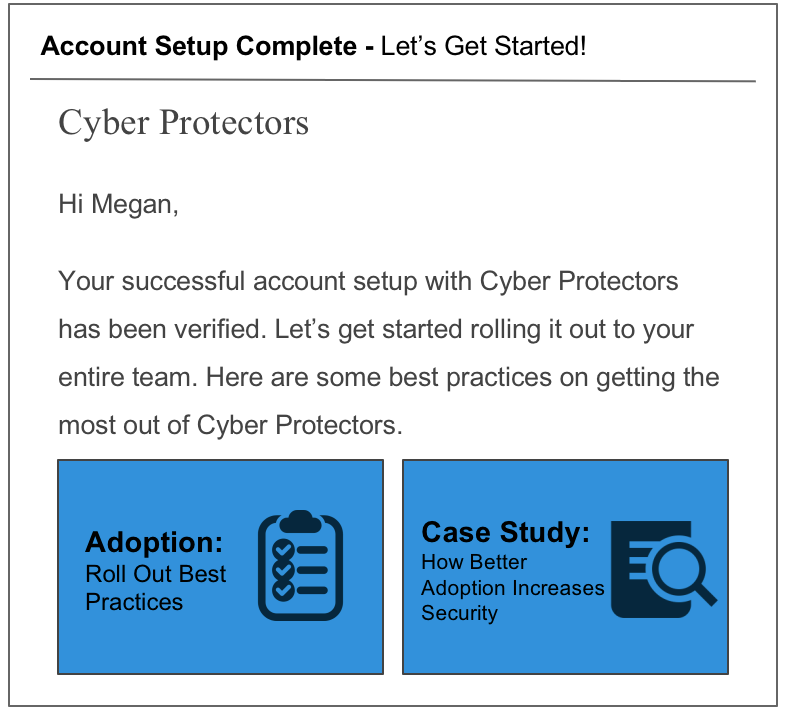
Digital & Social Articles on Business 2 Community
(81)

